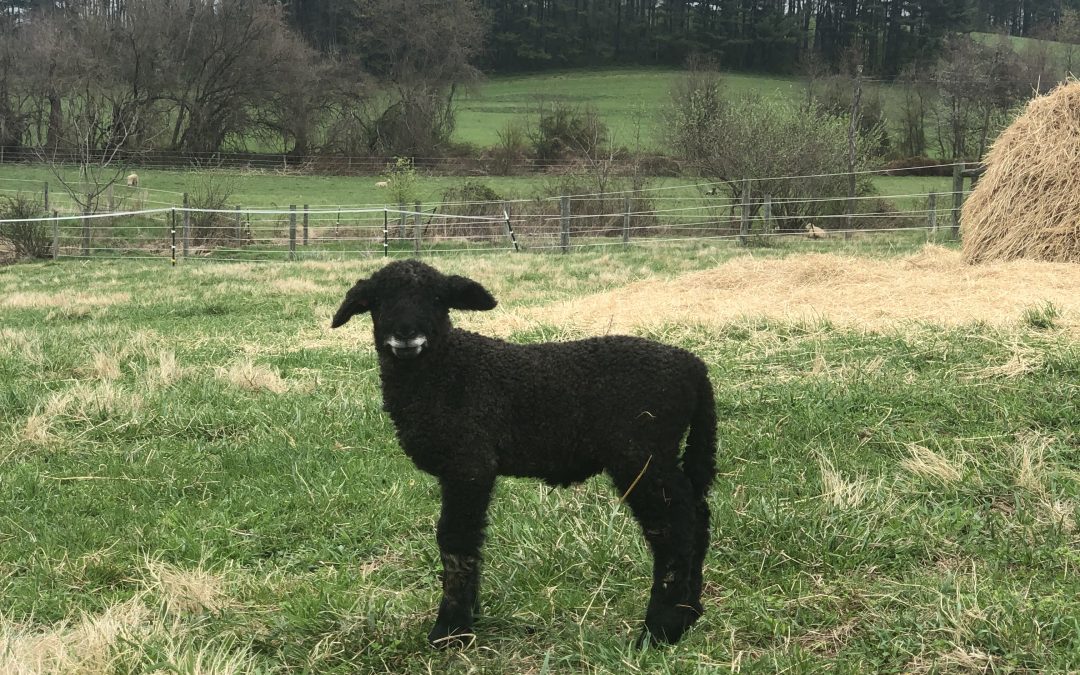Let the lambing begin!
March 26 is our first possible due date for lambs so there is a lot of preparation to be done. All of the pregnant ewes (female sheep) are up and getting a special diet that is higher in protein as most of the lamb’s development occurs in the last 5 weeks of pregnancy. We will shear everyone on March 5 and update their vaccinations at that time. We will also get the barn prepared. This involves a major spring cleanout and setting up ‘jugs’. These are small pens that the mother and her lambs stay in for the first few days to give them a chance to bond with each other and be sure lambs are strong and healthy.
Sheep have a gestation period of 147 – 153 days so several days before that we start checking on them every 2-3 hours around the clock. Normally there are no issues with lambing but sometimes the ewe needs assistance. Once born we dip the lamb’s navel in Iodine to prevent infection, make sure they are warm enough, and be sure they get their first colostrum. This special milk is only produced for about 24 hours and is essential for giving the lambs extra calories and to pass on the acquired immunity from their mothers.
After a few days they start going outside during the day. We do continue to bring them in during the night for a while as extra protection from predators. If you notice the donkey in with the sheep, she also helps protect them. The primary predators around here are coyotes and birds (vultures, eagles, hawks).
Fortunately all 10 of our bred girls look to be pregnant so we anticipate having about 20 lambs over a 3 week period. By the time they are a few weeks old the lamb races will begin!
March also brings other early spring tasks. It is time, once the ground thaws enough, to collect soil samples and send them off for testing. This data allows us to balance the amount of lime and/or fertilizer that is applied to the fields. Spreading lime and fertilizer is also a spring task once the ground dries enough. While your typical garden lime is white you may see piles of brown lime delivered to the farm. This comes from the sugar processing plants which use lime in making white refined sugar. Potatoes will also be planted, hopefully, in March. We will also be keeping a look out for emerging hops. We will keep sheep in our hop yard until well after the last freeze date as they eat the growing tips. The hops regrow better from this ‘pruning’ than if they get frozen. And, best of all, the grass starts to regrow feeding all the animals!

